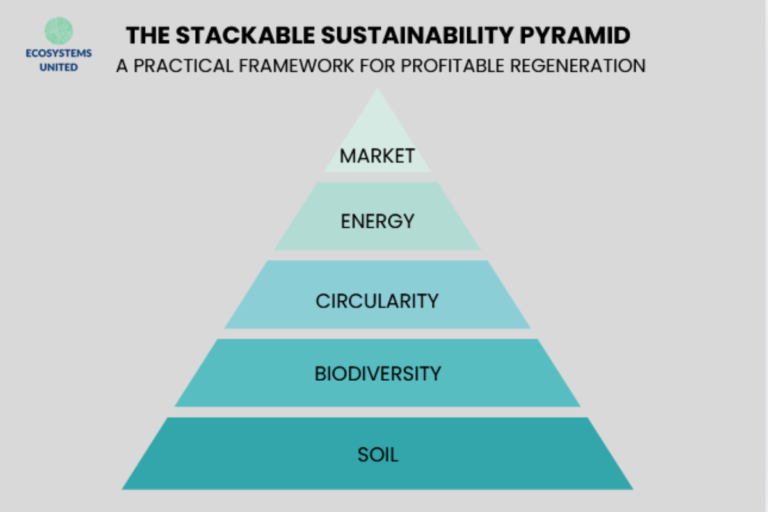what is a life cycle assessment? what the different parts of a life cycle assessment?

Our planet and all of the resources she houses are part of a closed system, meaning that while energy and resources can be changed by consumption or conservation, they cannot be created or destroyed. Accordingly, every process and act of consumption has some effect on our resources and the environment in which we live.
Understanding and evaluating these processes is challenging because of the various influencing factors and a vast array of uncertainties. Fortunately, lifecycle assessments (LCAs) enable the evaluation of the environmental impact of a product, process, or activity throughout its lifecycle, i.e. from when it was created to its end of life.
The concept of a life cycle assessment first evolved in the 1960s and has been evolving since. Throughout its development process, it has taken on many different names including eco-balancing, resource and environment profile analysis, environmental profiling, and cradle-to-grave analysis.
As awareness of both sustainability issues and the tools to measure environmental impact have evolved, the general approach to life cycle assessment has centralized in an effort to establish a standardized evaluation framework. Some of the best-known regulatory bodies include ISO (International Organization for Standardization) and SETAC (The Society of Environmental and Toxicology and Chemistry).
When an LCA is conducted, it is generally for one of three purposes:
- To make a comparison and evaluation of alternative products, processes, or services
- To evaluate alternative lifecycles for a product, process, or service
- To identify the parts of a lifecycle where the greatest improvements can be made
Defining the purpose and scope is the first step in a successful LCA as this defines the boundaries of the assessment. Without a well-defined scope, the boundaries of the assessment may creep and the findings of the assessment may not deliver the desired results. Accordingly, it is important to define the expected outcome, the system boundaries, and the functional unit (FU). FUs are typically the units of measurement, e.g. the units of carbon or the nutrient density, being examined during the assessment. Each of these factors will steer the LCA process.
The next step in an LCA is the life cycle inventory (LCI) and the LCI is the most time and resource-intensive aspect of an LCA. This is because of the in-depth accounting of all the inputs and outputs. Common examples of inputs that need to be accounted for include energy, water, and raw materials. Outputs include the product, emissions, and waste. If data is available, e.g. from an LCA database, this process will be less intensive. However, the data in such databases are not generally product-specific and accommodations should be made accordingly.
After the LCI, the life cycle impact assessment (LCIA) provides an understanding of the environmental impacts of the inventory. Each of the results of the inventory is assigned to an impact category based on the type of environmental impact. The process usually involves classification, characterization, normalization, and valuation. In this respect
- Classification is the process of putting the data into common impact groups
- Characterization involves determining the impact of each inventory flow and the respective environmental effect (e.g. modeling how greenhouse gases affect global warming). By creating such models, it becomes possible to compare LCI results across categories using equivalency factors.
- Normalization then provides a means to compare the different impacts and provides a way for the potential impacts to be compared
- Valuation is the calculation of the relative importance of identified environmental burdens identified during the classification, characterization, and normalization stages. Weights are assigned to each of the categories. With an assigned weight, the burdens can be compared or aggregated. For example, when looking at global, regional, or local effects.
The final step in the process is interpretation which involves examining the findings of the assessment and drawing conclusions. If the process has been systematic and in-line with the scope and objective of the assessment, the conclusions can provide valuable insight and drive intelligent decision-making.
sources:
- Miettinen, P., & Hämäläinen, R. P. (1997). How to benefit from decision analysis in environmental life cycle assessment (LCA). European Journal of operational research, 102(2), 279-294.
- Roy, P., Nei, D., Orikasa, T., Xu, Q., Okadome, H., Nakamura, N., & Shiina, T. (2009). A review of life cycle assessment (LCA) on some food products. Journal of food engineering, 90(1), 1-10.
image credit:




One Comment
Comments are closed.